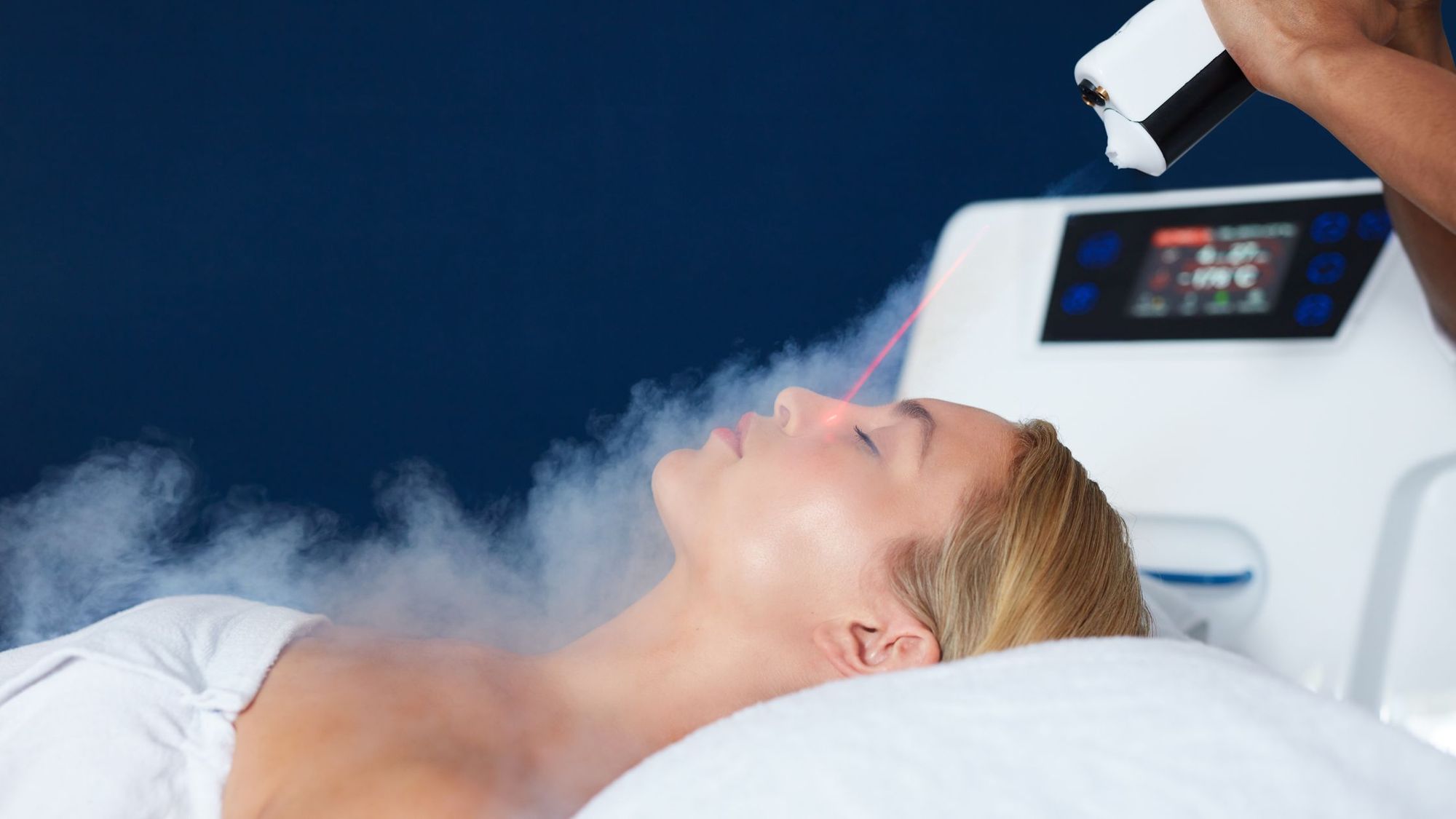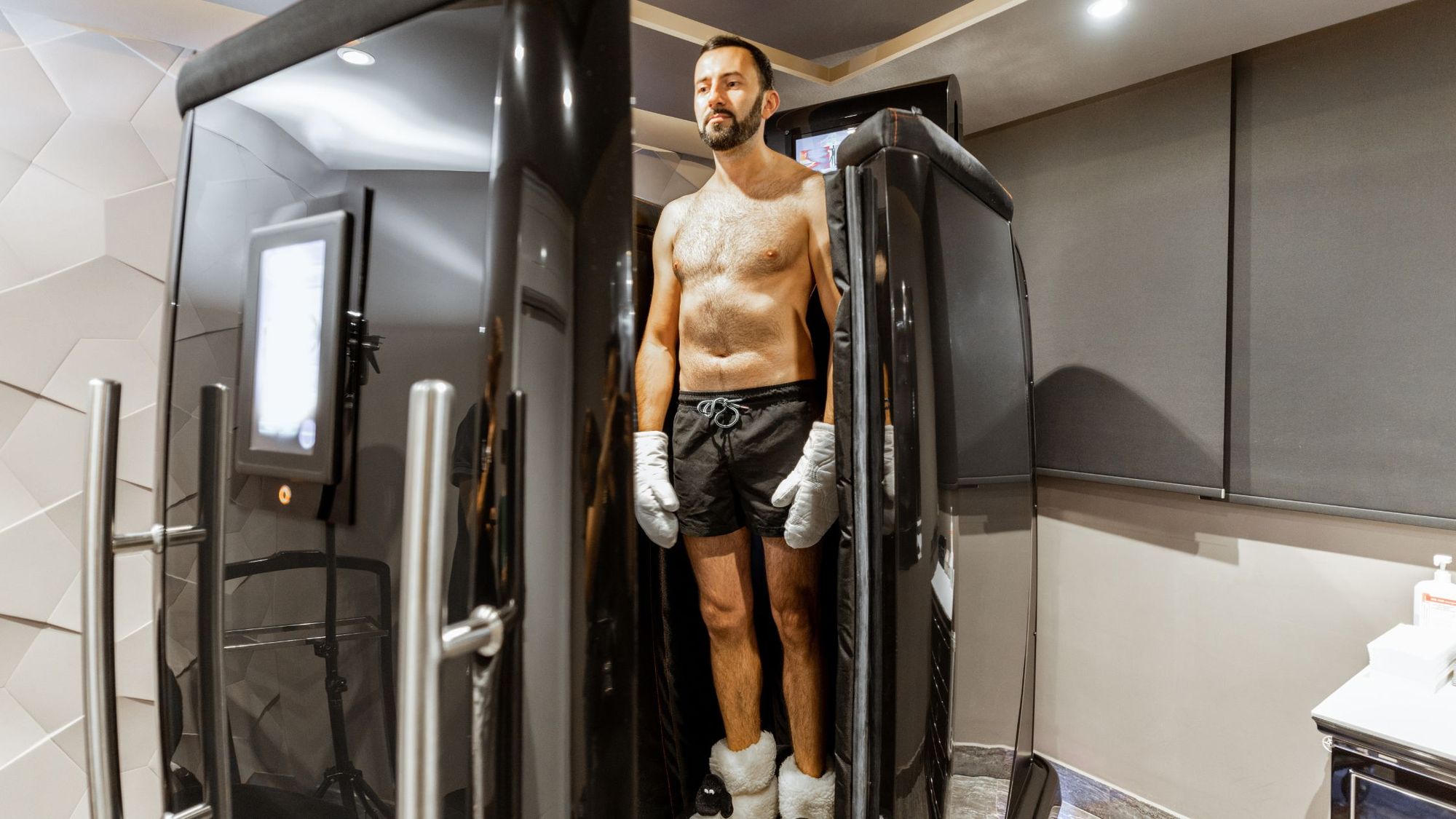
You know how you use a pack of ice to ease swelling and inflammation? Cryotherapy works in a similar fashion.
Cryotherapy is a form of therapeutic treatment that uses extremely low temperatures. It has gained popularity over the years, especially in sports where it’s used to improve recovery and performance. But what exactly is cryotherapy, and do the benefits outweigh any risks?

What is Cryotherapy?
As a physical treatment, cryotherapy exposes the body to very low temperatures for a short period of time, typically between 2 to 4 minutes. The temperature used during the treatment can vary, but it’s usually in the sub-zero range between -110 to -140 degrees Celsius.
The applications vary, including whole-body cryotherapy which often puts you in a cold chamber, while localized cryotherapy targets specific areas for a more powerful effect.

Benefits of Cryotherapy
Cryotherapy is widely recognized for its numerous health benefits, which include:
- Pain Relief: Cryotherapy is an effective method of reducing pain and inflammation. It works by numbing the affected area, which reduces swelling and discomfort.
- Improved Recovery: Cryotherapy is beneficial in post-workout recovery, as it helps to reduce muscle soreness and fatigue. Athletes use cryotherapy to accelerate recovery and improve their performance.
- Boosted Immune System: Cryotherapy can help to strengthen the immune system by increasing the number of white blood cells. This increase in white blood cells helps the body to fight off infections and diseases.
- Weight Loss: Cryotherapy can also be used to aid in weight loss efforts. Exposure to the cold temperatures increases metabolism, which helps the body burn more calories. Additionally, studies have shown that the treatment can even be used to help reduce complications arising from obesity.
- Enhanced Mental Health: Cryotherapy has been found to be beneficial in managing stress, anxiety, and depression. The therapy triggers the release of endorphins, which are natural mood boosters.
Risks of Cryotherapy
Research has shown time and again that cryotherapy can be beneficial for your overall health. However, for its numerous benefits, you have to be aware of the risks associated with the treatment. Some of them include:
- Burns: Exposure to extremely low temperatures can lead to frostbite and burns. This is particularly common when the therapy is applied incorrectly.
- Dizziness and Fainting: Cryotherapy can cause dizziness and fainting due to the sudden drop in blood pressure. This can be dangerous, especially for individuals with pre-existing conditions such as low blood pressure or heart problems.
- Lung Damage: Whole-body cryotherapy can cause lung damage, especially in individuals with pre-existing lung conditions such as asthma.
- Allergic Reactions: Some individuals may have an allergic reaction to the nitrogen gas used in whole-body cryotherapy.
- Eye Injuries: Eye injuries can occur when nitrogen gas is used in the therapy. It’s essential to wear protective goggles to prevent any potential harm to the eyes.
Understanding if Cryotherapy is Right For You Through a DNA Test
Before undergoing any treatment, it’s crucial to understand your risk factors. It’s always good practice to first consult your doctor before undergoing cryotherapy or any other treatment so you can avoid any complications.
Additionally, an at-home DNA test from CircleDNA can also help you understand if you’re potentially at risk for certain health conditions. With a simple cheek swab, you can gain genetic insights that will better inform your decisions, such as undergoing cryotherapy.
Whether you are an athlete looking to improve your performance or simply interested in the many benefits of cryotherapy, CircleDNA can help you approach this treatment with a cool head of confidence and awareness.
References:
- American College of Sports Medicine: https://journals.lww.com/acsm-csmr/fulltext/2019/04000/whole_body_cryotherapy_in_sports_medicine.11.aspx
- Journal of Thermal Biology: https://www.sciencedirect.com/science/article/pii/S0306456522000651
- National Library of Medicine: https://www.ncbi.nlm.nih.gov/pmc/articles/PMC7296110/






Comments are closed.